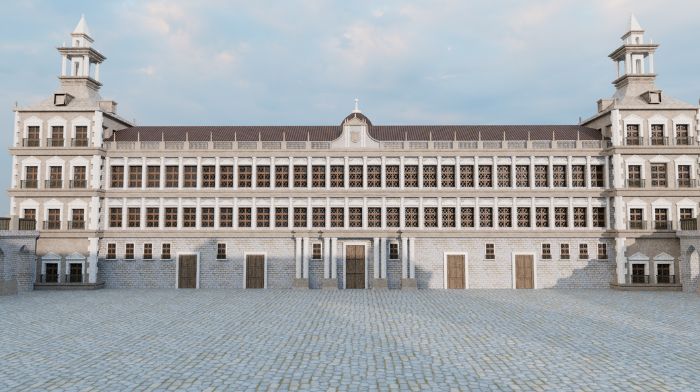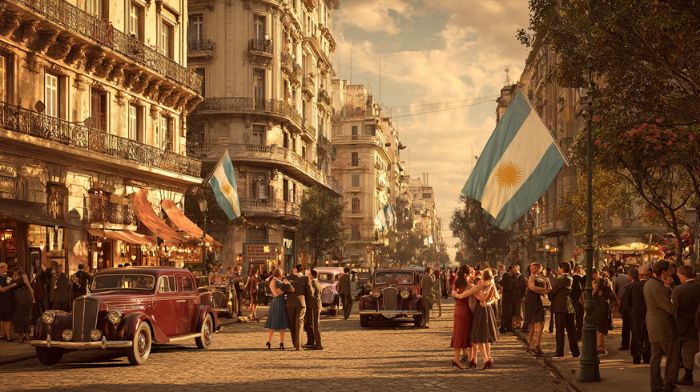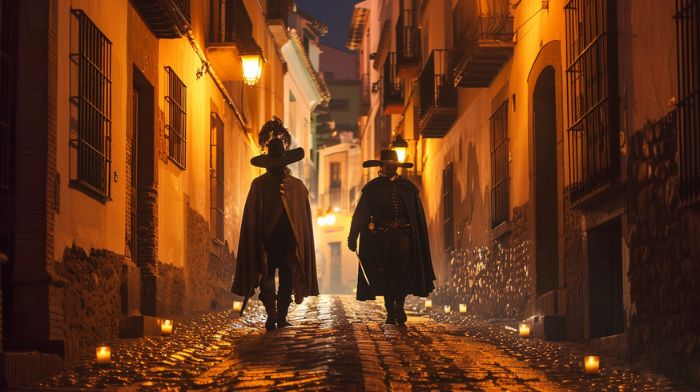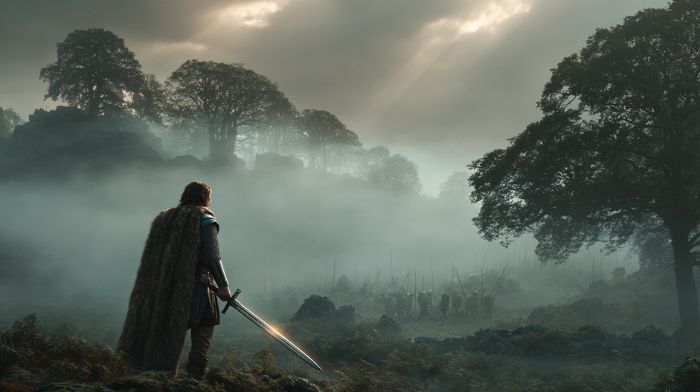The Valencian origin of the
Castellers – A shared history between Valencia and Catalonia
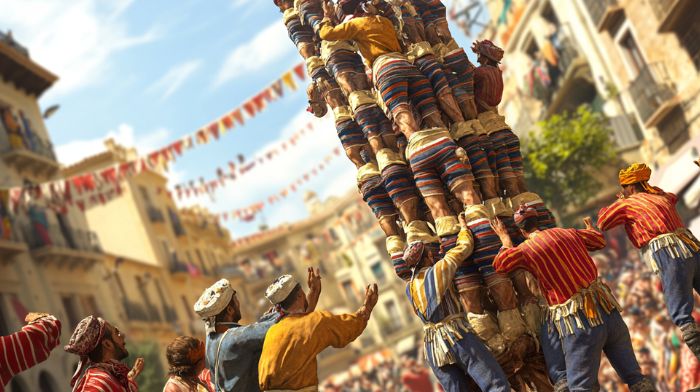
Castellers are one of the most recognizable symbols of Catalan culture: human towers that defy gravity and celebrate teamwork. But what many don't know is that their origins lie not in Catalonia, but in Valencia. In this article, we explore the Valencian origin of the castellers, a fascinating story of tradition, cultural migration and festive evolution.
The “Musarangas” of Algemesí: the true beginning
The story begins in the 18th century in the Valencian town of Algemesí, where a popular dance known as the "ball de valencians" was practiced. This dance, of a festive and religious nature, culminated in the formation of small human towers.
The groups that built these towers were known as "Musarangas" and are considered the direct precursors of the castellers (human towers). These popular groups combined acrobatics, music, and devotion, and were instrumental in spreading this tradition to the north.
Over time, this practice spread to the southern regions of Catalonia, such as Camp de Tarragona and Penedès, where the acrobatic component gradually gained prominence, becoming the central focus of the performance.
From dance to challenge: evolution in Catalonia
As the "ball de valencians" became established in Catalonia, it lost its dance-like character and gained in spectacularity. The towers became taller, more complex, and more organized. Thus, the human towers, as we know them today, were born.
The first documented reference to a casteller performance dates back to 1801 in Valls, considered the birthplace of modern casteller music. However, the seeds of this tradition had already traveled from Algemesí decades earlier.
Why did he get lost in Valencia?
While in Catalonia the human towers evolved and became institutionalized, in Valencia the "ball de valencians" (ball of Valencians) gradually disappeared. The reasons are multiple: changes in religious festivals, loss of popular interest, and the lack of an organizational structure like the Catalan human tower groups.
However, in recent years there has been renewed interest in recovering this historical connection, and some Valencian groups have begun to form their own colles.
A shared heritage
In 2010, the human towers were declared an Intangible Cultural Heritage of Humanity by UNESCO. Although this distinction focused on the Catalan tradition, it is important to recognize that their roots are shared with Valencia.
This common origin does not detract from the Catalan identity of the human towers, but rather enriches their history and demonstrates how traditions can travel, transform, and flourish in new contexts.
Castellers today: between Barcelona and Valencia
Today, human tower groups are an essential part of major festivals in cities like Barcelona, Tarragona, Vilafranca del Penedès, and many others. But groups have also begun to emerge in Valencian cities like Alzira, Valencia City, and Algemesí, recovering this lost legacy.
This modern expansion allows both Catalans and Valencians to celebrate a tradition that, although evolved, has a common core.
Lessons from a living tradition
The history of the Valencian origins of human towers reminds us that traditions are not static. They transform, migrate, and adapt to new realities. It also teaches us that collaboration between regions can give rise to unique and powerful cultural expressions.
Conclusion
The castellers are not only a display of strength and balance, but also of a shared history. From the street dances of Algemesí to the nine-story human towers in Catalonia, this tradition speaks to a shared past and a future that continues to be built, literally, shoulder to shoulder.
Book your self-guided tour of Barcelona and Valencia with HistARy
Want to discover the origins of human towers and other secrets of urban history firsthand? With our self-guided tours of Barcelona and Valencia, you can explore at your own pace, with interactive maps and unique historical stories.
Book now at histary.es/
-
 The fire at the Alcázar of Madrid: it changed the city forever: Was Philip V to blame?November 20, 2025
The fire at the Alcázar of Madrid: it changed the city forever: Was Philip V to blame?November 20, 2025 -
 Argentina: from world power to economic meme (and back again)November 12, 2025
Argentina: from world power to economic meme (and back again)November 12, 2025 -
 Calle del Codo and the duels in the Madrid of the Habsburgs: history, Quevedo, and secrets you'll discover on our tour.October 22, 2025
Calle del Codo and the duels in the Madrid of the Habsburgs: history, Quevedo, and secrets you'll discover on our tour.October 22, 2025 -
 Spain in Shakespeare's universe: more than a Castilian accentOctober 5, 2025
Spain in Shakespeare's universe: more than a Castilian accentOctober 5, 2025 -
 Why are self-guided AR tours the future of cultural tourism?September 14, 2025
Why are self-guided AR tours the future of cultural tourism?September 14, 2025 -
 The Legend of King Arthur: Between History and MythSeptember 4, 2025
The Legend of King Arthur: Between History and MythSeptember 4, 2025 -
 The Valencian origin of the human towers – A shared history between Valencia and CataloniaAugust 14, 2025
The Valencian origin of the human towers – A shared history between Valencia and CataloniaAugust 14, 2025 -
 The Great Horse Manure Crisis of 1894 – How Victorian London Faced an Urban ApocalypseAugust 5, 2025
The Great Horse Manure Crisis of 1894 – How Victorian London Faced an Urban ApocalypseAugust 5, 2025 -
 Nahmanides: The wise man from Girona who defied kings and left his mark on three continentsJuly 16, 2025
Nahmanides: The wise man from Girona who defied kings and left his mark on three continentsJuly 16, 2025 -
 Girona's Cocollona: History, legend, and mystery under the Eiffel BridgeJuly 2, 2025
Girona's Cocollona: History, legend, and mystery under the Eiffel BridgeJuly 2, 2025

